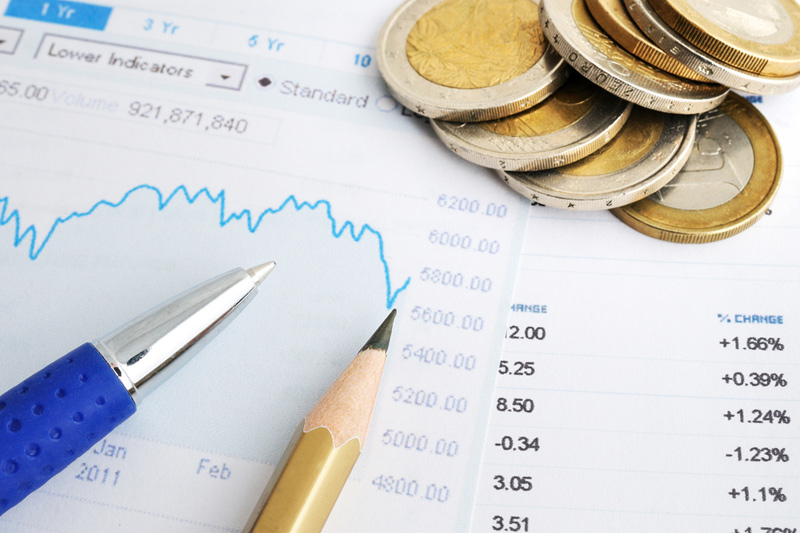By Chuck Mikolajczak and Vidya Ranganathan
NEW YORK (Reuters) – Japan’s currency rose as much as 5 yen against the dollar after hitting a new 34-year low earlier on Monday, with traders citing the first yen buying intervention by Japanese authorities in 18 months.
The outsized move and volatile trading in the yen throughout the day kicked off a busy week for traders, with the US Federal Reserve concluding its two-day policy meeting on Wednesday, the US jobs report on Friday and European inflation data throughout the week. , starting with Germany and Spain on Monday.
The dollar fell to 154.4 yen in a series of quick moves that took it down from an intraday high of 160.245, the highest since 1990, prompting speculation that the Bank of Japan had intervened.
The dollar was last at 156.01 yen, down 1.47%. Trading in Asia was thinner than normal due to Golden Week in Japan. The dollar also saw another sharp decline shortly after midday, falling from 156.495 to 155.05 in the space of six minutes.
“The timing actually makes sense because you’ll have a thinner market so they’ll get more impact from whatever they do and that’s why they’ve chosen to do it relatively early in the Asian market, they can push it.” around more,” said Joseph Trevisani, senior analyst at FX Street in New York.
Japan’s top currency diplomat Masato Kanda declined to comment when asked whether authorities had intervened, although traders said they had and the Wall Street Journal said Japanese authorities had intervened, citing people familiar with the matter.
Remove ads
.
Markets had been anticipating that Japan could step in to support the yen after the currency fell more than 10% against the dollar this year.
“When a central bank starts to intervene, it puts traders on alert. It causes traders to reconsider the size of their position,” said Nate Thooft, chief investment officer and senior portfolio manager, Multi-Asset Solutions Team at Manulife Investment Management in Boston. .
“Just the fact that they may be acting now is likely to give some pause to the market makers and the traders who have been on the side of a weaker yen to basically be able to reduce their risk exposure and/or take some chips off the table because they were right… it helps the BOJ achieve what they want to achieve.”
The Commodity Futures Trading Commission’s weekly trader commitments report showed that non-commercial traders, a category that also includes speculative trades and hedge funds, increased their short positions in the yen to 179,919 contracts in the week ending April 23 , the largest since 2007.
The yen weakened sharply on Friday after the Bank of Japan left policy unchanged and offered little insight into the reduction in Japanese government bond purchases.
The Japanese central bank’s likely intervention comes ahead of the Fed’s May 1 policy announcement, with markets widely expecting the U.S. central bank to keep interest rates unchanged, according to CME’s FedWatch Tool, given the solid labor market and recent inflation rates that were hotter than ever. expected.
Investors have had to continually adjust their expectations about the timing and size of US interest rate cuts this year, and divergent policy positions from the Bank of Japan and the Fed have fueled the yen’s weakness.
Remove ads
.
“With this interest rate differential between the BoJ and the Fed and the BoJ’s clear unwillingness to do anything about it, to change their decades-old policy, which is now essentially zero interest rates, it’s difficult to build any momentum for the Japanese. yen is heading in the other direction to become stronger,” Trevisani said.
Moreover, it is considered more likely that other major central banks, such as the European Central Bank and the Bank of England, will start cutting interest rates in the near future.
The currency fell 0.31% to 105.63, while the euro rose 0.25% to $1.0719. Sterling strengthened 0.54% to $1.2558.
This week’s European inflation data will help shape the interest rate path for the ECB. Spain’s European Union harmonized inflation rate was 3.4% in the 12 months to April, up from 3.3%. Data from Germany show that inflation rose slightly in April due to higher food prices and a smaller decline in energy prices.


